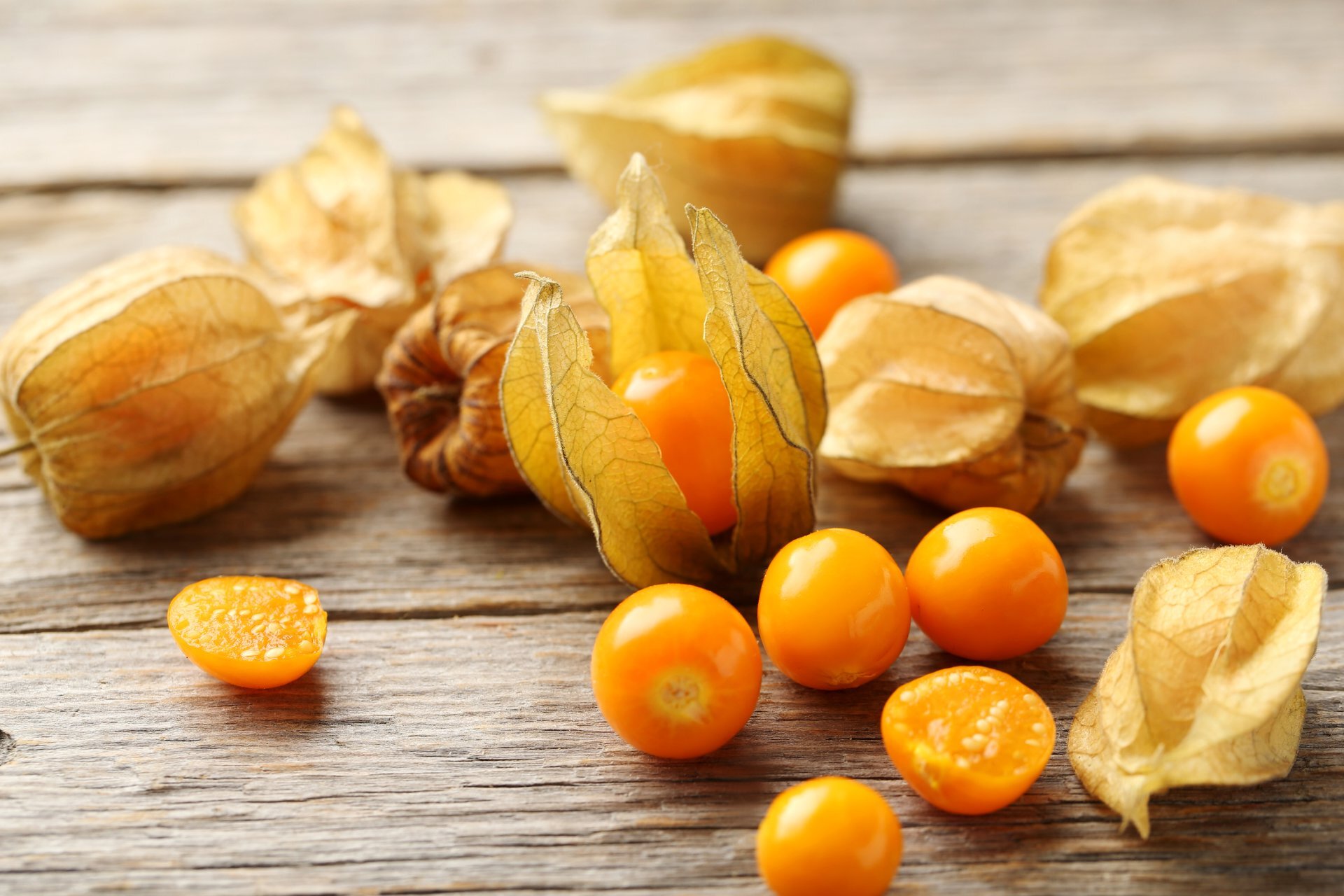
Gooseberries might seem like just another fruit, but they pack a punch of flavor and nutrition. These small, round berries come in various colors, from green to red, and offer a tart taste that can be enjoyed fresh or in recipes. Did you know that gooseberries are rich in vitamins C and A, making them a great addition to a healthy diet? They also contain antioxidants that help fight free radicals in the body. Whether you're a gardener looking to grow your own or a foodie eager to try new flavors, gooseberries have something to offer. Ready to learn more? Let's dive into 25 fascinating facts about this underrated berry!
Key Takeaways:
- Gooseberries are small, tart fruits packed with vitamin C and fiber, great for boosting the immune system and aiding digestion. They come in various colors and can be used in jams, pies, and even savory dishes.
- Growing gooseberries can be a fun and rewarding experience. They thrive in well-drained soil, prefer sunny locations, and are versatile in the kitchen, being used in jams, pies, and even beverages like cordials and wines.
What is a Gooseberry?
Gooseberries are small, round fruits that come in various colors, including green, red, yellow, and purple. They are known for their tart flavor and are often used in jams, pies, and other desserts. Let's dive into some fascinating facts about this unique fruit.
- Gooseberries belong to the Ribes genus, which also includes currants.
- They are native to Europe, northwestern Africa, and southwestern Asia.
- The fruit can be eaten raw or cooked, depending on its ripeness and variety.
- Gooseberries are rich in vitamin C, which boosts the immune system.
- They contain dietary fiber, aiding in digestion and promoting gut health.
Nutritional Benefits of Gooseberries
Gooseberries are not just tasty; they are also packed with nutrients that offer numerous health benefits. Here are some key nutritional facts about gooseberries.
- Gooseberries are low in calories, making them a great snack for weight management.
- They are high in antioxidants, which help fight free radicals in the body.
- The fruit contains vitamin A, essential for good vision and skin health.
- Gooseberries have anti-inflammatory properties that can help reduce the risk of chronic diseases.
- They are a good source of potassium, which helps regulate blood pressure.
Varieties of Gooseberries
There are several varieties of gooseberries, each with its own unique characteristics. Here are some interesting facts about the different types of gooseberries.
- European gooseberries are larger and come in a wider range of colors compared to American gooseberries.
- American gooseberries are generally smaller and more resistant to diseases.
- The 'Invicta' variety is known for its high yield and resistance to mildew.
- 'Hinnonmaki Red' is a popular variety known for its sweet flavor and red color.
- 'Pixwell' is a thornless variety, making it easier to harvest.
Growing Gooseberries
Growing gooseberries can be a rewarding experience for gardeners. Here are some essential facts about cultivating this fruit.
- Gooseberries thrive in well-drained soil with a pH between 6.0 and 6.5.
- They prefer a sunny location but can tolerate partial shade.
- The plants need regular watering, especially during dry spells.
- Pruning is essential to maintain the shape of the bush and promote fruit production.
- Gooseberries are susceptible to pests like aphids and diseases like powdery mildew.
Culinary Uses of Gooseberries
Gooseberries are versatile in the kitchen and can be used in various dishes. Here are some culinary facts about gooseberries.
- They are often used to make jams, jellies, and preserves.
- Gooseberries can be baked into pies, tarts, and crumbles.
- The fruit pairs well with meats like pork and duck, adding a tart contrast.
- Gooseberries can be used to make refreshing beverages like cordials and wines.
- They are also used in savory dishes, such as chutneys and sauces.
Gooseberries: A Hidden Gem
Gooseberries pack a punch with their nutritional value and unique flavor. These small fruits are rich in vitamin C, fiber, and antioxidants, making them a great addition to any diet. They can be enjoyed fresh, in jams, or even in desserts. Beyond their taste, gooseberries have a fascinating history and cultural significance in various parts of the world. From medicinal uses to culinary delights, they offer more than meets the eye.
Growing gooseberries can be rewarding for gardeners, as they are relatively easy to cultivate and can thrive in different climates. Whether you're a food enthusiast, a health-conscious individual, or a gardening hobbyist, gooseberries have something to offer. So next time you come across these little berries, give them a try and experience their many benefits.
Frequently Asked Questions
Was this page helpful?
Our commitment to delivering trustworthy and engaging content is at the heart of what we do. Each fact on our site is contributed by real users like you, bringing a wealth of diverse insights and information. To ensure the highest standards of accuracy and reliability, our dedicated editors meticulously review each submission. This process guarantees that the facts we share are not only fascinating but also credible. Trust in our commitment to quality and authenticity as you explore and learn with us.


